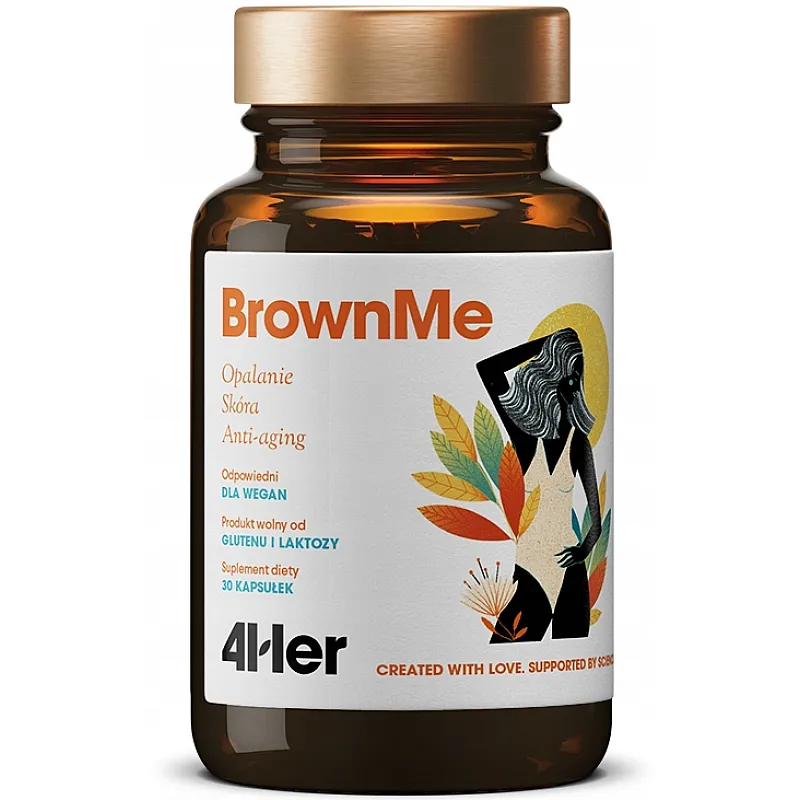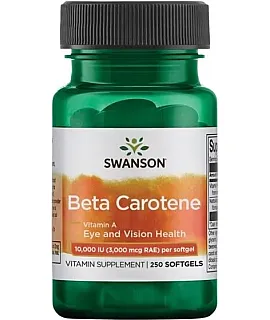- Composition of ingredients with high antioxidant potential
- Standardized plant extracts having a DER index
- Help to achieve a beautiful tan and healthy skin
- With added copper and vitamin E (EVNol Max™)
Health Labs BrownMe is a dietary supplement that is a composition of ingredients with antioxidant properties, helping to maintain good skin condition.
During the holiday season it is not uncommon to overdose on sunbathing, which consequently leads to the development of adverse changes in the skin and beyond. They are mainly responsible for free oxygen radicals, which have a destructive effect on collagen and elastin, which determine the youthful appearance of the skin. In addition to using sunscreen creams and observing the time spent in the sun, it is worthwhile to get additional protection and strengthen the body's natural antioxidant shield.
Astaxanthin is a pigment from the carotenoid group, having a pink or reddish color. It is produced by the unicellular microalgae Haematococcus pluvialis. Interestingly, it is astaxanthin that gives the specific color to the fish and crustaceans for which it is food.
Marigold (Calendula officinalis L.) is a plant that is a source of many bioactive compounds. Among them are valuable carotenoids, such as lutein i zeaxanthin. These are two such compounds that are also found in the retina of the human eye.
Beta-carotene is a provitamin of of vitamin A and a carotenoid found in yellow, red and orange vegetables and fruits. Vitamin A helps maintain healthy skin and promotes healthy mucous membranes.
EVNol Max™ is a highly bioavailable complex of of tocopherols i tocotrienols. These are compounds that are components of vitamin E, which helps protect cells from oxidative stress.
Quercetin is a compound classified as a flavonoid. It is extracted most often from the buds and flowers of the of the Japanese pearl plant (Styphnolobium japonicum).
Sulforaphane is an organic chemical compound belonging to the isothiocyanate group. It is characteristic of vegetables of the cruciferous family. The highest amounts of sulforaphane are observed in broccoli.
Copper helps maintain normal skin and hair pigmentation and participates in protecting cells from oxidative stress.
All in all, Health Labs BrownMe is a dietary supplement recommended for people who want to further support skin protection from within, especially during the spring and summer.


